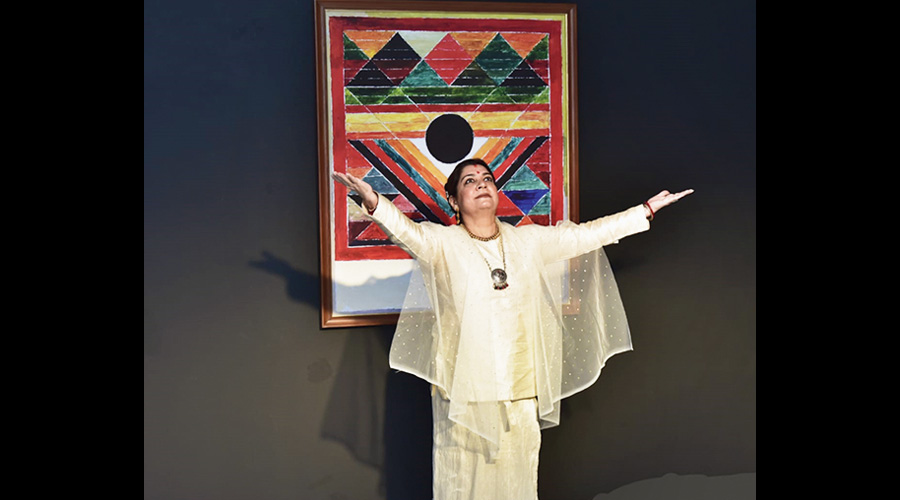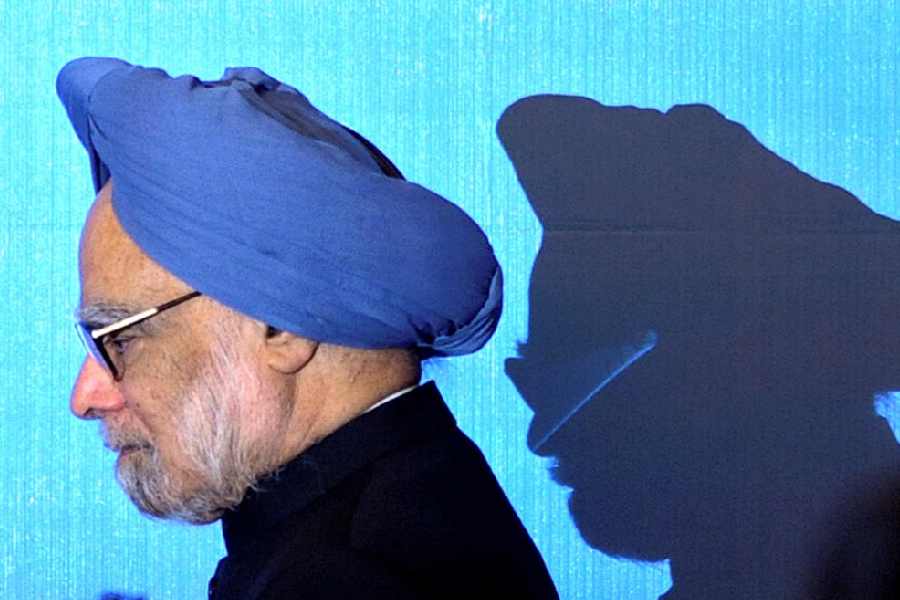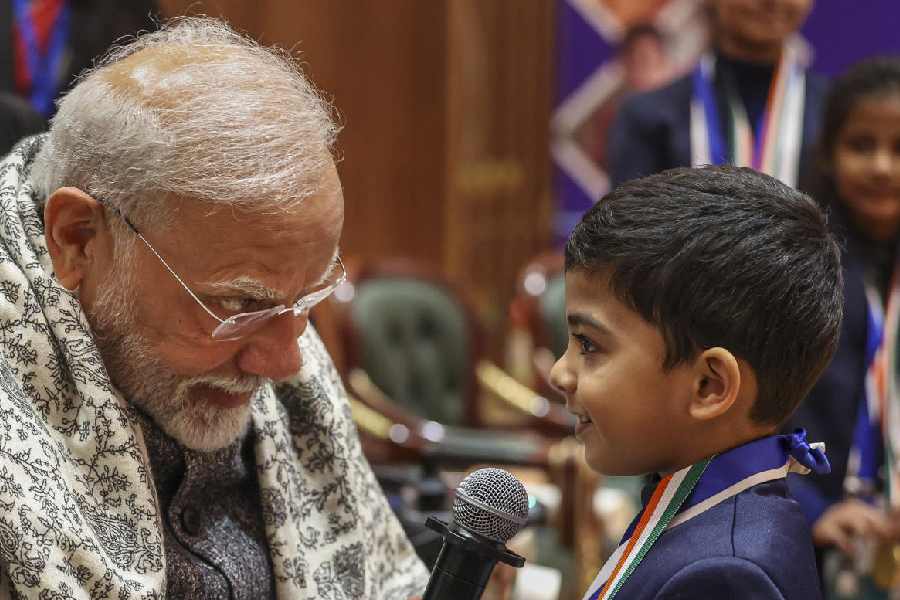As dancer-choreographer Srijaini Ghosh (picture, left) chose to assert individuality even while forging connections among epic, legend and her own classical training, one experienced the exquisite joy of watching a visceral performance that felt like a personal gift. Her Unveiled, recently presented at Nazrul Tirtha as a part of the Kolkata Centre for Creativity’s Emerging Artists’ Platform series, turns its gaze on two women — Urvashi and Surpanakha — and makes daring enquiries into a traditional Urvashi Pada Varnam and Michael Madhusudan Dutt’s “Birangana Kabya”.
Unlike the often one-dimensional female protagonists of epics and mythology, these women are tenacious, vulnerable, strong, confrontational and real. They express their emotions and desires with passion. Humiliated and hurt, their agency taken away unfairly from them, they do not hesitate to communicate their anger. Interesting layers are created when Madhusudan’s subversive counter-narrative of the Ramayana provides the framework for a powerful ‘feminist’ dance piece by a female dancer. Ghosh, who is trained in Mohiniattam, seeks to explore different shape-shifting vocabularies that travel from her classical art to improvised movement patterns, even as she extemporizes a stark red and black costume for this piece. Impassioned readings by Ranit Modak and Ujjaini Ghosh, Unnikrishnan Bhasi’s rendition of the Varnam and the soaring Queen Elephantine piece provide a textured soundscape for this work.

A moment from Priti Patel’s Bindu Ananta [Kathakali Jana]
In the final moments of Unveiled, the dancer’s collapse — a culmination of yearning, tension and melt-down after she whirls like a flame in the half-darkness — stays in the memory. So does her angry shriek. This is a dance drawn from within. It touches the soul.
In I Won’t Let Go, I Won’t Let You Go, the choreographer, Ronita Mookerji, along with ten dancers from the Sapphire Creations Dance Company, investigated the process of creating an abstract language with the complex correlation of text and movement at Topcat CCU. Allowing the words of Tagore’s poetry to seep through the mind and make deeper connections with the physical body, the dancers represented a variety of emotions through movement. A many-textured work emerged, with conflict, tension, love, entanglement, separation, vulnerability and humour at its centre, not just through the metaphor of poetry but concretely in the dance. It was, therefore, the playing out of human dynamics in bodily form using physical practice. Interestingly, as it unfolded, the piece made one think how unnecessary it is to ‘translate dance’ into meaning as it speaks in the most intimate way by being what it is.
Priti Patel’s Bindu Ananta (picture, right) was a graceful ode to S.H. Raza’s paintings, representing his preoccupation with simple yet captivating geometric shapes. It was an exploration of the philosophical interpretations of the Bindu in its circular glory. Using the dance traditions of Manipuri and Bharatnatyam (performed by Rittick Bhattacharya), Patel expanded the theme of the Bindu as a source of primal energy. The art gallery at the Kolkata Centre for Creativity, where the exhibition was mounted, came alive with the dancers’ self-possessed serenity as they walked the audience through the show, stopping to perform in front of the paintings. The various dance pieces, titled Arambh, Ankuran, Satyam Shivam Sundaram, The Black Sun, Shunya and then back to Arambh, told a story of endless transformation and renewal, of destruction and creation, of life’s circularity, with the compelling Bindu at the core of it all.











